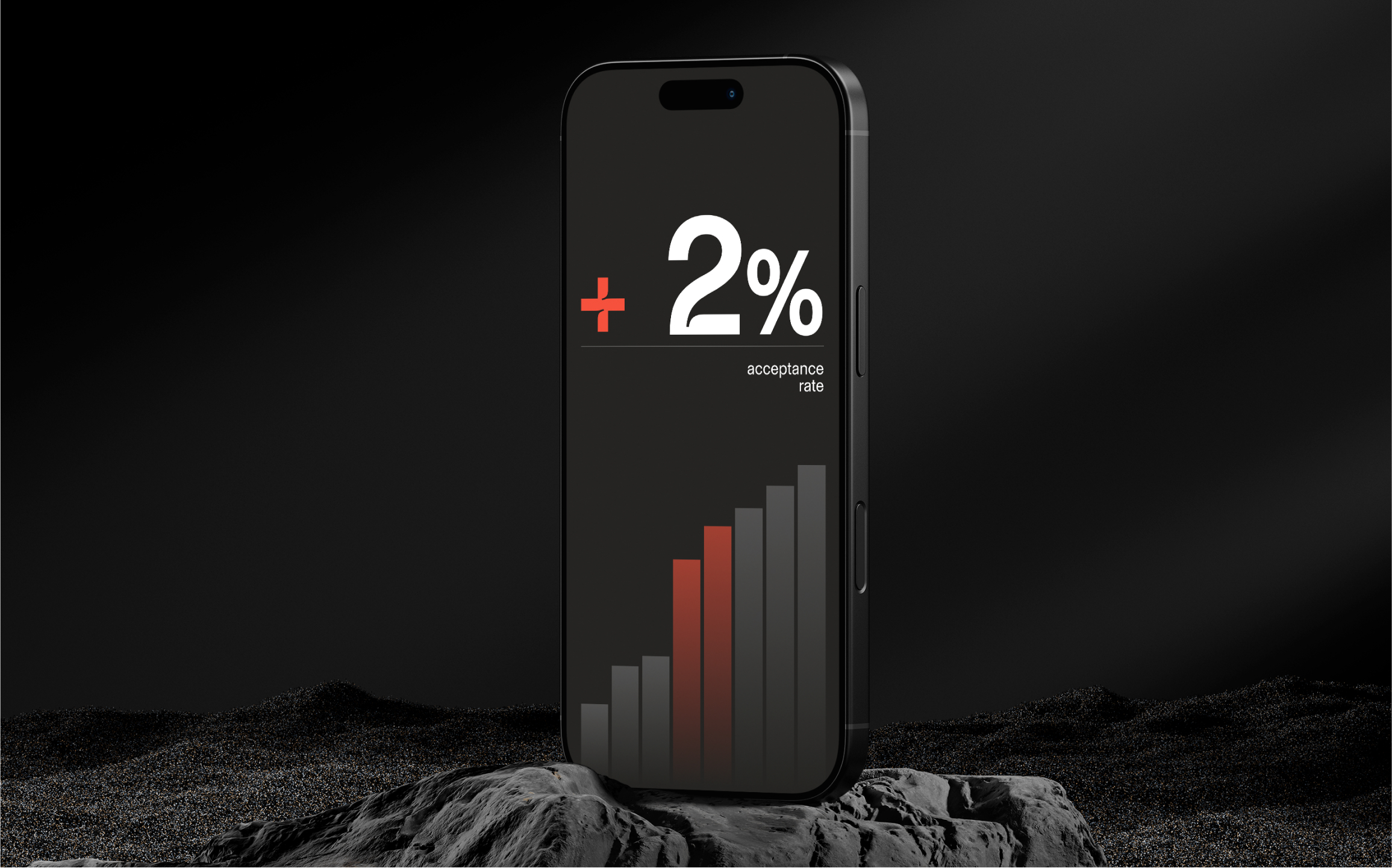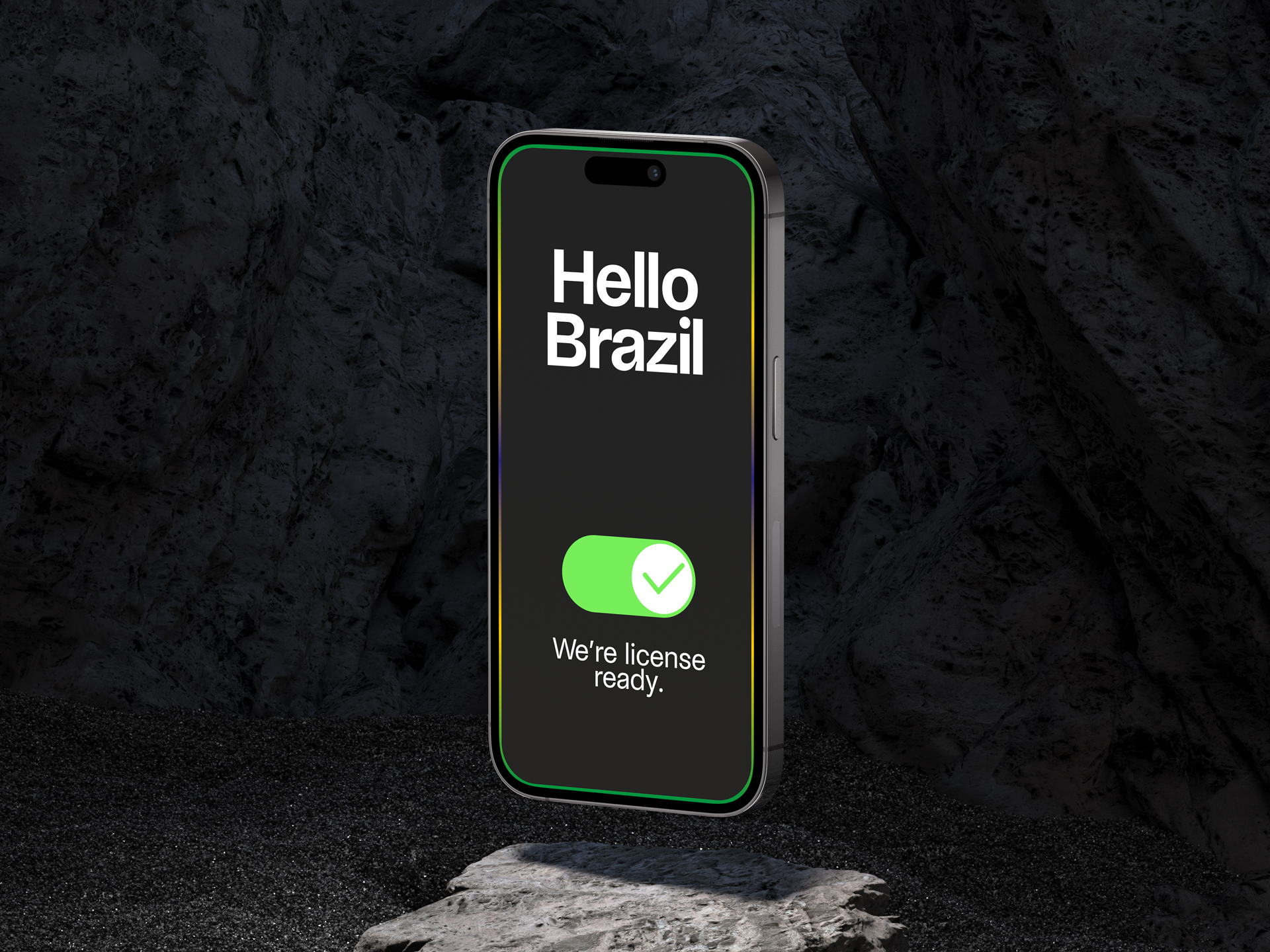In today’s digital age, the traditional paper-based model evolves rapidly as cash payments decline and customers increasingly opt for contactless and streamlined digital transactions.
According to the 2023 edition of McKinsey’s Global Payments Report, cash usage worldwide decreased by nearly 4% in 2022. Over the past five years, there has been a remarkable 17% increase in digital payments transaction volumes.Forecasts suggest that by 2027, cash-heavy developing economies will witness significant shifts towards instant payments, potentially constituting half of overall payment transactions.
While debit cards have become ubiquitous in cashless transactions, a new form of cashless payment, rooted in established Open Banking principles, is gaining traction.
Known as Pay by Bank Account or Pay by Bank, this approach reshapes consumer and merchant preferences in the business landscape.
With the disruptive emergence of Open Banking frameworks and innovative solutions like Pay by Bank, the landscape of money transfers is undergoing a significant transformation.
In this article, we delve into Pay by Bank’s inner workings and transformative potential, exploring its benefits and impact on consumer behavior and merchant operations.
What is Pay By Bank?
Pay by Bank is a cashless payment option that eliminates the need for intermediaries such as credit card companies or other service providers.It directly connects the consumer’s bank account with the merchant’s, enabling instant money transfers.
This method allows customers to make payments directly from their bank accounts to merchants without the need for traditional credit or debit cards.
Typically, these transactions are facilitated through mobile banking apps or online banking platforms provided by financial institutions.
Built on the Open Banking concept, Pay by Bank leverages financial institutions’ APIs to allow third-party developers to create new services and applications.
This setup ensures consumers can authorize payments directly from their accounts, providing a secure and efficient payment method.
This seems very similar to A2A payments, which poses the question: is there a difference between Pay by Bank and A2A payments?
Account-to-Account (A2A) payments, include push payments where users transfer money using the recipient’s account details, and direct debits or subscription payments, often referred to as pull payments because the merchant withdraws funds from the consumer’s account.
With Open Banking, these payments are now integrated into user-friendly apps, enhancing conversion and user experience while being accessible to anyone with a bank account at a lower cost.
In short:
Pay by Bank: Directly connects the consumer’s and the merchant’s bank accounts for instant online transaction transfers.
A2A Payments: Encompasses electronic transfers between bank accounts, including various use cases like peer-to-peer, consumer-to-business, business-to-consumer, and business-to-business transactions.
Next, we take a closer look at how Pay by Bank works.
How Pay by Bank works.
Pay by Bank establishes a secure connection between merchants’ bank accounts and their customers’ bank accounts, facilitating seamless and secure account-to-account payments for goods and services.
This method simplifies the payment process by eliminating the need to enter payment details, log into multiple accounts, or remember complex passwords.
Consumers only need to log in with their online bank credentials at checkout to complete their purchase easily and securely.
The payment experience is straightforward.
When using Pay by Bank through the merchant app, consumers select the “Pay by Bank” option and validate the transaction using their bank login credentials.
Once the payment is confirmed, the funds are immediately available to the merchant, transferring directly from the consumer’s account to the merchant’s account.
One of the key advantages of Pay by Bank is that consumers do not have to share their bank account numbers, card details, or any other identifying information outside of the app, ensuring secure transactions.
This technology offers faster and more cost-effective transactions compared to traditional payment methods.
For consumers, Pay by Bank provides greater control over transaction authorization.
For business owners, integrating FinTech solutions like Pay by Bank offers access to lower payment costs than conventional card options, making it a valuable tool for modernizing payment systems.
Benefits of Pay by Bank
Adopting Pay by Bank offers the same benefits as A2A payment for both merchants and consumers, transforming the payment experience.
Reduced Processing Fees: Pay by Bank often entails lower processing fees than traditional card payments, leading to significant cost savings, especially for small businesses. This system also eliminates the need for merchants to sign up with a merchant account provider, simplifying the setup process.
Elimination of Chargebacks: Chargebacks are virtually eliminated with Pay by Bank. Once a transaction is authorized, it is generally considered final, reducing the risk of friendly fraud or customer disputes, providing merchants with more financial security and predictability.
Instant Transactions: Pay-by-bank transactions are typically processed instantly, minimizing wait times for funds to clear. This enhances cash flow and operational efficiency, making it ideal for time-sensitive payments.
Enhanced Security: Transactions use the customer’s banking app, employing robust encryption and authentication protocols. Customers do not need to share credit card numbers or other personal information, reducing security risks for both consumers and merchants.
Streamlined Connectivity: Pay by Bank leverages banking APIs through Open Banking solutions, simplifying the connection between consumer and merchant accounts. Solutions like Zimpler facilitate API integration, enabling quick and easy payment processes.
More Direct Processes: Pay by Bank optimizes digital payment processes by transferring money directly between accounts, eliminating delays associated with traditional settlement and clearing processes, and resulting in faster transaction completion.
Adoption and trends of Pay by Bank.
Governments increasingly focus on controlling money flows and developing digital and data platforms as part of their industrial policies.
This shift has led to the emergence of domestic payment methods supported by these infrastructures, such as Brazil’s PIX system.
In the UK, the widespread adoption of the Faster Payments System has made real-time payments a reality.
However, in other parts of Europe, merchants might still have to wait up to one business day for funds to settle, depending on whether the user’s bank supports the SEPA Instant Credit Transfer scheme (SCT Inst).
This landscape is poised for a significant shift. In 2023, the European Commission (EC) proposed a mandate requiring banks and payment service providers (PSPs) to offer instant payment services 24/7 at no additional cost to merchants.
This crucial development could pave the way for the full-scale adoption of Pay by Bank across various B2C scenarios.
These trends indicate a promising future for Pay by Bank, positioning it as a key player in the evolving landscape of digital payments.
Future Outlook of Pay by Bank
As the financial technology landscape continues to evolve, the future of Pay by Bank holds exciting possibilities and potential developments that promise to reshape the way businesses and customers conduct digital transactions.
- Wider acceptance and integration: Pay by Bank is gaining traction across various industries as businesses recognize the benefits of reduced fees and enhanced security. This growing adoption could make it a mainstream payment option for consumers.
- Enhanced user experiences: Innovations by financial institutions and fintech companies are making Pay by Bank more intuitive and user-friendly, with streamlined account linking and features like transaction tracking and categorization.
- International expansion: Currently prevalent in specific regions, Pay by Bank is expected to expand internationally, simplifying global commerce and reducing reliance on costly wire transfers.
- Enhanced security measures: Pay by Bank offers enhanced security measures that ensure safe and reliable transactions. The security framework relies on multiple layers of protection to safeguard both consumers and merchants.
Embracing Pay by Bank: Revolutionizing Transactions with Zimpler.
At Zimpler, our mission is to simplify transactions, improve cash flow, and enable faster, safer payments for end-users. We are here to revolutionize the world of payments by making it easier and more streamlined.
With our vast network of local and international banks across Europe, Zimpler is actively working to facilitate domestic and international real-time account-to-account payments.
This means stronger relationships and real-time payment capabilities for a broader range of merchants.
While your current payment setup may be functional, we offer something different—a solution that unlocks your business’s true potential, freeing up your time and keeping you in complete control.
By utilizing open banking APIs, we streamline the payment process by accessing customers’ account information and initiating payments directly from their bank accounts.
This means no more hassle and manual errors—just saved time and increased efficiency.
Say goodbye to waiting for the money that is rightfully yours. With Zimpler, transactions happen in real-time, eliminating delays and uncertainties.
Zimpler is revolutionizing how money moves. Feel like jumping on board?
Ignite the payment revolution.
The information contained in this post is intended for informational purposes only, and should not be relied upon for professional advice of any kind. Zimpler does not make any representation or warranty as to the completeness or accuracy of the information, and assumes no liability or responsibility that may result from reliance on such information.



